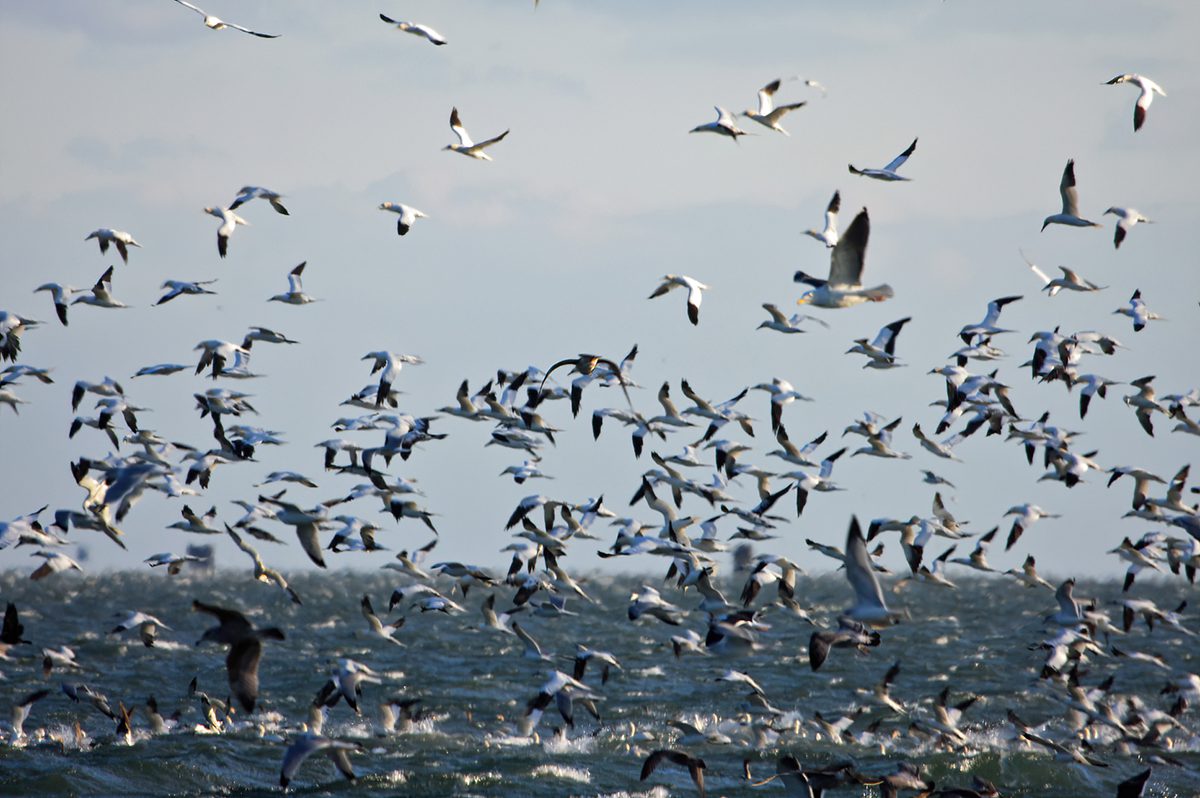
Guest column
Who among us are not looking for an off the beaten path location to end what, by all accounts, has been a tumultuous year?
To refine: Who wants to brave the end-of-year weather on the Outer Banks counting the many birds present and making a modest contribution to our knowledge of trends in bird life with implications for all of us?
Supporter Spotlight
I’m referring, of course, to the Christmas Bird Counts, the largest and longest-running community science projects in the world. Sponsored by the National Audubon Society. The first counts, 27 of them, began in 1900 and were organized by ornithologist, Frank Chapman, founder and publisher of “Bird-Lore,” which later became Audubon Magazine.
I am the founder and compiler of the Ocracoke and Portsmouth Island Christmas Bird Counts.
Billed as an alternative to a traditional holiday activity known as the “side hunt,” this hunt was a competition to see who could shoot as many birds and animals as possible. Instead, the Christmas Bird Counts focused on just counting birds, recording both species and the number of individuals — a means to promote conservation and improve knowledge of bird populations. It succeeded.

This activity has grown exponentially. Last year there were about 80,000 volunteers and 2,500 counts across 20 countries in the Western Hemisphere. The counts take place during a three-week period from Dec. 14 to Jan. 5 each year.
Two of these counts are held on Ocracoke and Portsmouth islands, the last two days of the year. The Ocracoke count is scheduled for Dec. 30 and Portsmouth, Dec. 31. There have been a few occasions when the dates were reversed due to weather concerns about getting to Portsmouth. They are RSVP only and many of the volunteer birders participate in both. RSVPs are needed because we need to know how many will be heading to Portsmouth Island, which is only accessible by boat and part of Cape Lookout National Seashore.
Supporter Spotlight
A count period covers 24 hours, but Portsmouth is much shorter as the participants board a skiff run by Capt. Donald Austin from Ocracoke Village in the early morning and return by midafternoon. Capt. Austin has a new skiff that accommodates up to 22 passengers. There is a $25 fee.

A typical Ocracoke count can tally 80-85 species and Portsmouth, 65.
Portsmouth is a particularly enticing count. Stark, with wonderful winter light and mosquito-free, one can wander the village with binoculars in one hand and a camera in the other. Portsmouth is noted for having one of the state’s highest wintering populations for American oystercatchers. A few years ago, the counters were thankful for a bald eagle. Not only as a good bird for the count, but flying low, it spooked 29 hidden oystercatchers that flew into the air.
On Ocracoke you can walk the winter beach, scan the marshes and walk through maritime forests. Double-crested cormorants will be in the thousands and yellow-rumped warblers in the hundreds. Northern gannets, red knots and red-breasted nuthatches are usually reported.

One of the tricks to withstand winter weather, sometimes high winds and low temperatures, is to dress appropriately with more layers the better.
If spending the days counting birds is not enough, there is a social tally rally famed for its vegetarian chili and key lime pie at the compiler’s house near the Ocracoke lighthouse that takes place in early evening of the final day of the year.
The Carolina Bird Club has details about the North Carolina and South Carolina Christmas counts.
If you are interested in participating in either of these two counts, contact the compiler, me, Peter Vankevich, via Facebook or petevankevich@gmail.com.







